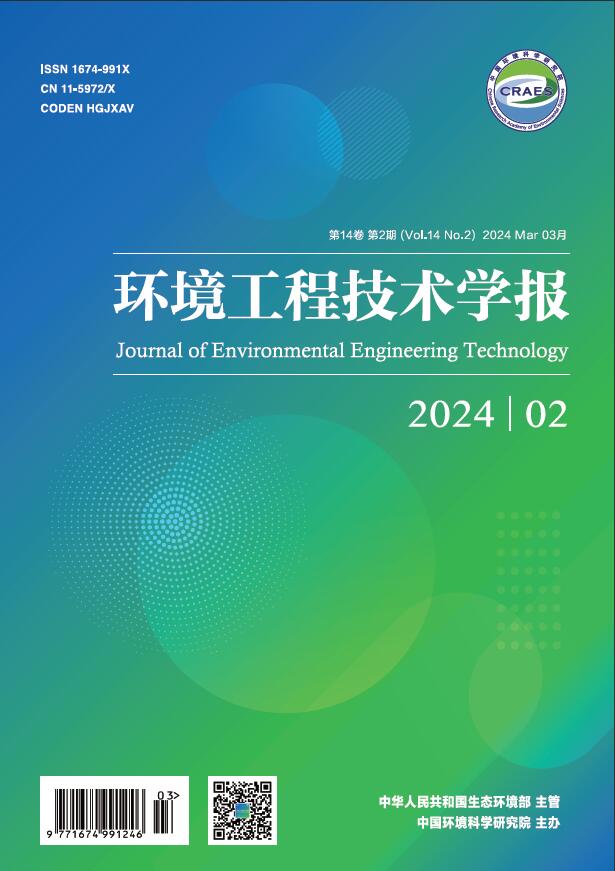Abstract:
Metals including mercury, cadmium, lead and arsenic in nature are harmful to wildlife and humans. Cadmium and arsenic and/or their related compounds are well-known carcinogens, while mercury and lead may even cause cancer. Human activities are the main sources of mercury, cadmium, lead and arsenic contamination. A group of human diseases are suspected to result from exposure to these metals, and have awakened the public conscious to pay more attention to the risk of these metals in human health. Extensive studies have demonstrated the associations between adverse health effects and exposure to these metals at high dose. However, there is a paucity of information on the adverse effects associated with chronic exposure to the environmentally relevant levels of individual metals and mixtures. The impacts of exposure to mixtures of these metals on human health need to be examined. Depending on exposure route, dose and exposure duration, mercury, cadmium, lead and arsenic differ in metabolic fate, mechanisms of transport and disposition in the body, and have the individual toxicological profiles. The adverse effects and potential molecular evidences associated with the exposure to single and mixture of mercury, cadmium, lead and arsenic were summarized. The applications and future research directions of omics technology, such as genomics, transcriptomics, proteomics, and metabolomics in understanding the mechanisms related to toxicities were also discussed.


